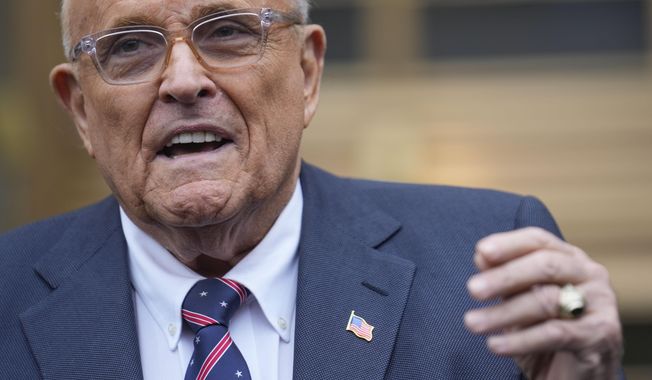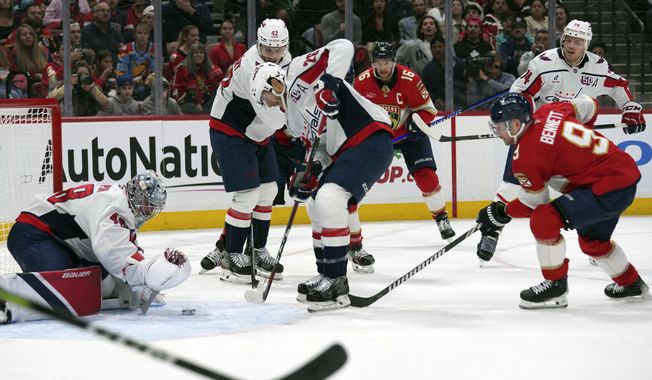
FILE - In this March 1999 file photo, the first load of nuclear waste arrives at the Waste Isolation Pilot Plant (WIPP) site in Carlsbad, N.M., from Los Alamos National Laboratory. The U.S. government's efforts to clean up decades worth of Cold War-era waste from nuclear research and bomb making at federal sites around the country has chugged along, often at a pace that watchdogs and other critics say threatens public health and the environment. Now, fallout from the global coronavirus pandemic is resulting in more challenges as WIPP, the nation's only underground repository for nuclear waste, finished ramping down operations Wednesday, April 1, 2020, to keep workers safe. (AP Photo/Thomas Herbert, File)
Featured Photo Galleries




Trump Transition: Here are the people Trump has picked for key positions so far
President-elect Donald Trump has announced a flurry of picks for his incoming administration. Get full coverage of the Trump transition from The Washingon Times.

Trump dances onstage, takes post-election nation by storm
President-elect Trump dances onstage









